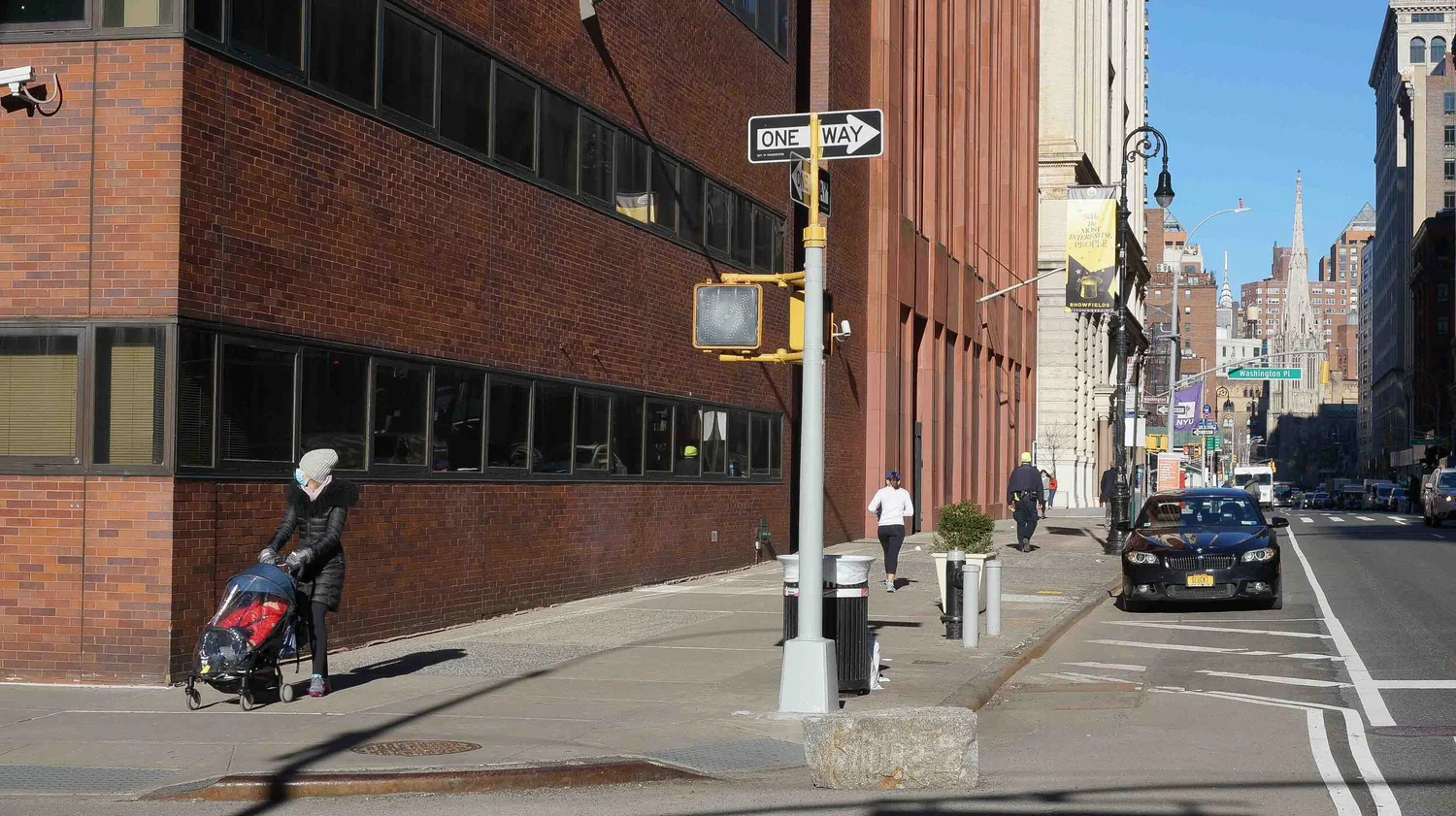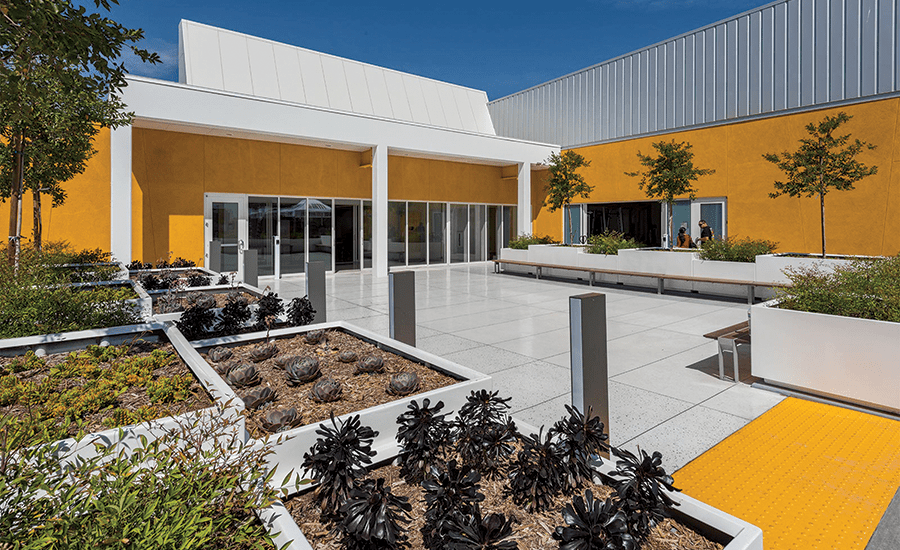OK, so we all have a lot of work to do to bring our country together. The sickening attack on the US Capitol has taken a front-burner issue to the point of actually boiling over. What direction will we take and how will we respond in the built environment?
After 9/11 many of our public buildings and places adopted a fortress mentality. But this target-hardening approach in some ways exacerbates the problem and creates more hostile environments. And hostile environments take a toll on us – no surprise, they engender hostility.
Of course, I want to see America’s national Capitol and state capitols protected on Inauguration Day, and as needed going forward. This is indeed a dangerous time! But looking farther out, in the wake of 1/6, target hardening would pave a grim road.
Look around – for a few decades we have been hardening the lines that divide people, creating a geography of “us” versus “them.” We’ve sorted our country into pockets that are divided by race, class, income, party, and news channel.
Civic Infrastructure
For decades, too, we’ve invested capital into physical infrastructure – both public and private – that gives little thought to whether we’re investing in community building, or what many call civic infrastructure. Civic infrastructure is a concept that refers generally to our physical places where community-building occurs, like libraries, schools, churches, rec centers, farmers markets, parks, and gathering spaces – but even includes private spaces like bookstores. Civic infrastructure also refers to the social and political habits, norms, programs, and processes that we follow as participants in democracy. It’s the combination – the hardware and the software.
Strengthening Civic Infrastructure
We all have a role to play in strengthening our civic infrastructure – I don’t care if you’re a developer building luxury lofts with rooftop amenities, you still need to be a contributing member in that neighborhood. Almost every building or project can be a friendly neighbor, offer a welcoming aspect, support public use, and contribute to the life of the community. Each time we fail to be a positive contributor, we lessen the chances for us to be civil together.
I’ll give two examples, one very bad and one very good.
The bad example is from an institution that should stand up in every way for all things civic: New York University. But NYU’s physics building, on Broadway in Greenwich Village, walls itself off completely from the outside. There might be some great community-building going on inside that building, but it’s strictly community-breaking from the sidewalk perspective.

For contrast, look to a great civic architecture project in LA: the LAPD Metropolitan Division Facility renovation, by #Perkins&Will, who describes the project as “the ‘physical embodiment of neighborhood safety,’ a police station sets the tone of how the force interface and relate with their communities.” [And for another great police example see Polis, by Studio Gang.]

If many more buildings like NYU’s had been built along that stretch of Broadway, then Broadway wouldn’t be Broadway and life in the village would be diminished, and in fact would move elsewhere, to a place where it is welcomed and supported. But if this neighborhood in LA keeps replicating this success, then its prospects for civility and social cohesion are improved.
Every Building is an Opportunity for Civic and Social Cohesion
If you think there are certain buildings that should be exempt from what I’m asking for, I disagree, and I’ll give you an example from a project I worked on recently for the University of Texas San Antonio. UTSA is putting up a new center for cybersecurity and data science downtown – which will be very high security. And yet we (PPS working with Whiting-Turner, Jacobs, and Overland Partners) created a very public program for the ground floor, which invites the public inside, has lots of interactive, even playful, elements, and a very active outdoor area to encourage students and the general public to hang out and enjoy themselves. I really applaud UTSA for being completely open to the ideas we brought to them through a placemaking lens and can’t wait to see the long-term contribution this building will make to downtown life.
Developing Social, Civic, and Democratic Infrastructure
There’s a new bipartisan democracy-building effort called Our Common Purpose, led by the American Academy of Arts & Sciences, which will hopefully gain influence after the installation of President Biden. One of the key recommendations is to establish a National Trust for Civic Infrastructure to dramatically scale up social, civic, and democratic infrastructure. The Trust would be seeded by philanthropies, but would then be sustained through a public-private partnership that may include annual Congressional appropriations “on the model of the National Endowment for Democracy.”
Placemaking Advice For Building Owners
It’s a great idea whose time has come. And you know what asset we happen to have on hand right now? A whole lot of empty commercial ground floor spaces may take a very long time to fill with traditional tenants. So if you’re a building owner, put on your civic hat and reach out to local community-based groups who would love to have a place to meet or open a center or make stuff, or whatever else they may have in mind.
We all need to get on board with these ideas. Cities, institutions, developers, architects, planners, and designers all have the same mandate: do the right thing, and build communities, not just projects.
Placemaking and development blog RSS


